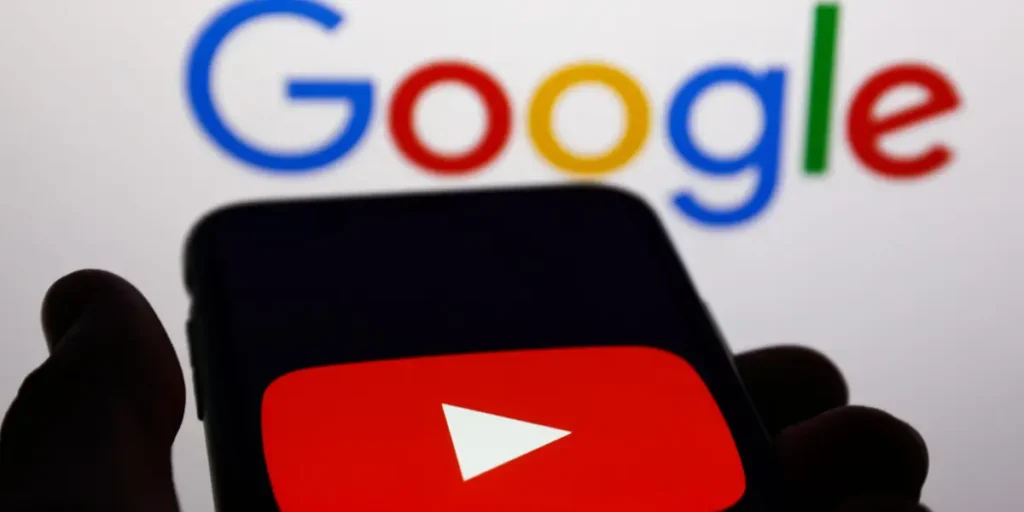Digital marketing is a constantly evolving field, with new trends emerging each year that change the way businesses connect with their audiences. To stay competitive, brands must be agile and quick to adapt to these trends. Understanding the latest shifts in digital marketing can help companies make informed decisions, reach their target audience more effectively, and ultimately drive higher conversions. Let’s explore some of the most exciting and impactful digital marketing trends that are shaping the industry today.
Artificial Intelligence and Machine Learning
Artificial Intelligence (AI) and machine learning have moved from futuristic concepts to essential tools in digital marketing. These technologies allow businesses to enhance customer experiences through personalization, predictive analytics, and automation. AI can analyze vast amounts of data quickly, providing insights into consumer behavior that can be used to create tailored marketing strategies. From chatbots that offer 24/7 customer support to predictive algorithms that recommend products based on past behaviors, AI is making marketing more efficient and effective. Machine learning, on the other hand, continues to improve its ability to analyze data patterns, helping marketers refine their strategies and improve conversion rates over time.
Video Marketing Domination
Video continues to dominate as one of the most engaging content formats in digital marketing. With platforms like YouTube, TikTok, and Instagram leading the charge, businesses are increasingly using video to capture attention and convey messages in more dynamic ways. Videos allow brands to showcase their products, share customer testimonials, and provide educational content—all in a format that’s highly shareable and easy to consume. Live streaming is also becoming a popular way to engage with audiences in real time. Whether it’s a product launch or a Q&A session, live video builds a sense of urgency and connection, further strengthening brand loyalty and audience engagement.
Influencer Marketing Evolution
Influencer marketing has matured over the years, becoming a mainstream strategy for many businesses. As social media platforms like Instagram and TikTok continue to thrive, influencers have become powerful brand ambassadors, leveraging their loyal following to drive sales and build awareness. What’s different now is that consumers are seeking authenticity over celebrity endorsements. Micro-influencers, who have smaller yet highly engaged audiences, are proving to be incredibly valuable partners for brands. They offer more targeted reach and, in many cases, a more trusted voice in the eyes of their followers. In 2023 and beyond, expect to see more businesses partnering with micro and nano influencers to build authentic relationships with their audience.
Voice Search Optimization
As smart speakers and voice-activated devices like Alexa and Google Assistant become ubiquitous, voice search optimization has become increasingly important for digital marketers. People are shifting from typing to speaking their search queries, and this change in behavior requires a different SEO approach. Voice searches tend to be more conversational and question-based, so businesses must optimize their content to align with natural language and long-tail keywords. Implementing voice search-friendly strategies ensures that brands remain visible and competitive as voice technology continues to grow.
Interactive Content
Interactive content is another trend gaining momentum in digital marketing. Consumers are no longer just passive recipients of information—they want to engage with it. Interactive content such as quizzes, polls, surveys, and interactive infographics allows brands to involve their audience, making their experience more personalized and immersive. This type of content fosters deeper engagement, increases time spent on websites, and ultimately drives conversions. Additionally, interactive content provides businesses with valuable data on customer preferences and behaviors, allowing for even greater personalization in future marketing efforts.
Augmented Reality (AR) and Virtual Reality (VR)

Augmented reality (AR) and virtual reality (VR) technologies are transforming the way brands engage with customers. AR allows businesses to offer immersive experiences that enhance consumer interaction with products. For example, furniture retailers now allow customers to visualize how pieces will look in their homes using AR apps. Similarly, VR is taking online shopping experiences to the next level by enabling virtual “try-ons” for everything from clothes to makeup. These technologies provide an interactive and immersive experience that enhances customer decision-making and builds stronger emotional connections with brands. As AR and VR technology become more affordable and widespread, expect to see these trends grow in prominence in digital marketing strategies.
Chatbots and Conversational Marketing
Chatbots have evolved beyond simple customer service tools to powerful marketing assets. Today’s AI-powered chatbots engage customers in real-time, answering questions, providing recommendations, and guiding prospects through the sales funnel. Conversational marketing is becoming the norm, allowing businesses to offer more personalized and interactive experiences. Chatbots, integrated into websites and messaging platforms like Facebook Messenger, make it easier for customers to engage with a brand instantly—whether it’s getting quick answers to questions, receiving tailored product recommendations, or even making purchases directly through a chat interface. This enhances the customer experience and streamlines the buyer’s journey, increasing conversions and customer satisfaction.
Personalization at Scale
Personalization has become a fundamental expectation for consumers. Today’s digital customers expect experiences that cater to their unique preferences, behaviors, and needs. Personalization at scale means delivering highly tailored content, offers, and experiences across multiple channels, from emails to social media ads. With advances in AI and data analytics, businesses can now segment their audiences more effectively and deliver personalized experiences without sacrificing efficiency. Whether it’s recommending products based on past purchases or sending personalized email offers, providing a customized experience is essential for building stronger customer relationships and driving loyalty.
Social Commerce Growth
Social media platforms are increasingly becoming e-commerce hubs. Social commerce, the practice of selling products directly through social media channels, has gained significant traction. Platforms like Instagram, Facebook, and TikTok now feature integrated shopping features that allow users to purchase items without leaving the app. This shift means businesses must optimize their social media presence for direct sales, leveraging rich media, product tags, and influencer collaborations to drive purchases. With more consumers turning to social platforms to discover and purchase products, social commerce is poised to become a dominant trend in digital marketing.
Sustainability and Ethical Marketing
As consumers become more conscious of environmental and social issues, sustainability and ethical marketing have emerged as major trends in digital marketing. Brands are increasingly expected to demonstrate their commitment to sustainability, ethical practices, and corporate social responsibility. Whether it’s through sustainable product lines, transparent supply chains, or eco-friendly packaging, brands that align with consumer values around sustainability can build stronger connections and foster brand loyalty. Ethical marketing also includes being transparent about business practices, promoting inclusivity, and advocating for social causes. Businesses that embrace these values are more likely to resonate with today’s socially conscious consumer.
Ephemeral Content
Ephemeral content, which refers to short-lived content (such as Instagram Stories or Snapchat), has become a powerful tool in digital marketing. The temporary nature of ephemeral content creates a sense of urgency and exclusivity, encouraging users to engage with the content before it disappears. Brands can use this format to promote limited-time offers, behind-the-scenes glimpses, or exclusive events, all of which foster a sense of intimacy and engagement with their audience. As consumers continue to value authenticity and real-time updates, ephemeral content offers a valuable opportunity for brands to build deeper, more meaningful relationships with their followers.
Data Privacy and Consumer Trust
With the growing concerns around data privacy and the rise of regulations like GDPR and CCPA, consumer trust has become a top priority for digital marketers. As data collection becomes more sophisticated, businesses must be transparent about how they collect, use, and protect consumer information. Building trust through responsible data practices is not only legally required but also crucial for maintaining customer loyalty. Brands that prioritize data security and give consumers control over their information will be in a stronger position to foster long-term relationships and avoid the risks associated with data breaches.
Conclusion
The digital marketing landscape is evolving faster than ever, and staying ahead of emerging trends is key to achieving business success. From artificial intelligence and voice search optimization to influencer marketing and augmented reality, these trends are reshaping how brands engage with their customers. By embracing these innovations and adapting strategies to meet the needs and expectations of today’s digital-savvy consumers, businesses can drive growth, build lasting relationships, and ensure their relevance in a highly competitive market. As digital marketing continues to advance, companies that are agile and open to new ideas will lead the way in connecting with their audiences and achieving their marketing objectives.
















